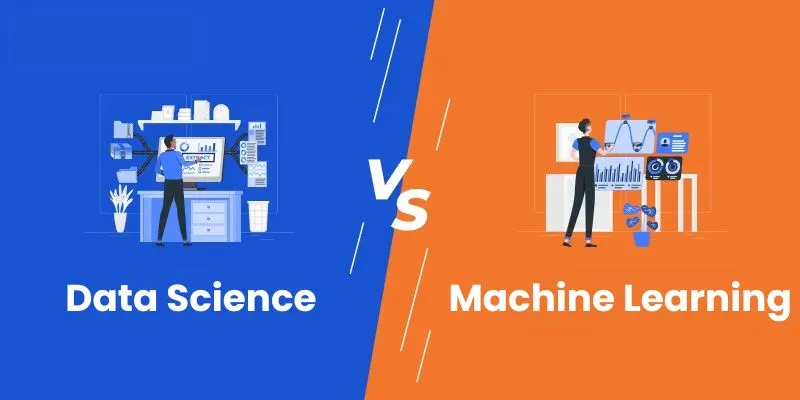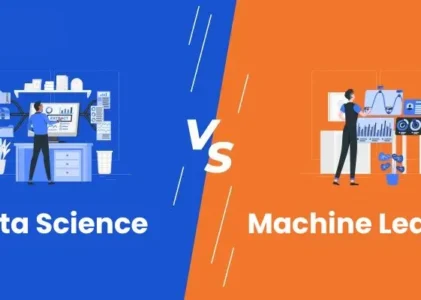In technology, terms like “data science” and “machine learning” are frequently used interchangeably, leading to confusion about their distinct roles and contributions. Both are integral components of the evolving digital landscape, yet they serve unique purposes. To navigate through this confusion, it’s essential to unravel the disparities between data science and machine learning. Unlock your Data Science potential! Embark on a data science journey with our Data Science Course in Chennai. Join now for hands-on learning and expert guidance at FITA Academy.
What is Data Science?
Data science is a comprehensive field that involves extracting meaningful insights and knowledge from data. It encompasses a huge array of techniques, including statistical analysis, data cleaning, data visualization, and predictive modeling. The primary goal of data science is to unearth valuable patterns and trends within vast datasets, empowering organizations to make informed decisions.
Key Components of Data Science
Data Collection and Cleaning
Data scientists collect and clean data to assure its accuracy and reliability. This involves handling missing numbers, resolving outliers, and transforming raw data to usable format.
Exploratory Data Analysis (EDA)
It is a key phase in data science that involves visualizing and interpreting data to uncover patterns, correlations, and anomalies.
Data Visualization
Data science relies heavily on efficient communication of insights. Visualization technologies are used to convey complex findings in a plain and understandable format.
What is Machine Learning?
Machine learning is area of artificial intelligence (AI) that many focuses on designing algorithms and models which will enable computers to study from information and make predictions descission or decisions without explicit programming. It revolves around the idea that systems can improve their performance over time through experience. Learn all the Data Science techniques and become a data scientist. Enroll in our Data Science Online Course.
Key Components of Machine Learning
Supervised Learning
In supervised learning, models are created on labelled datasets, and the best algorithm discovers the relationship between input and output variables. This style of learning is common in tasks such as classification and regression.
Unsupervised Learning
Unsupervised learning working with unlabeled data to find underlying patterns and structures. Unsupervised learning frequently employs clustering and dimensionality reduction techniques.
Reinforcement Learning
This sort of machine learning is based on behavioral psychology, in which an agent learns to make decisions through feedback in the form of incentives or penalties. Reinforcement learning is used in applications such as gaming and robotics.
Deep Learning
Deep learning is the main types of machine learning (ML) that uses artificial neural networks with numerous layers (deep neural networks). This method has demonstrated significant effectiveness in applications such as image identification and natural language processing.
Bridging the Gap
While data science and machine learning are independent fields, they are interrelated and frequently work together. Data science lays the groundwork by gathering, cleaning, and analyzing data, whereas machine learning uses the processed data to create prediction models and make intelligent judgments.
Distinguishing between data science and machine learning is vital for tech professionals and beyond. Data science serves as the foundation, extracting insights from data holistically, while machine learning specializes in developing algorithms for predictive analysis. Both are essential for informed decision-making, and understanding their unique roles enhances comprehension in the dynamic tech landscape. Explore the top-notch Advanced Training Institute in Chennai. Unlock coding excellence with expert guidance and hands-on learning experiences.
Comments
0 comments

